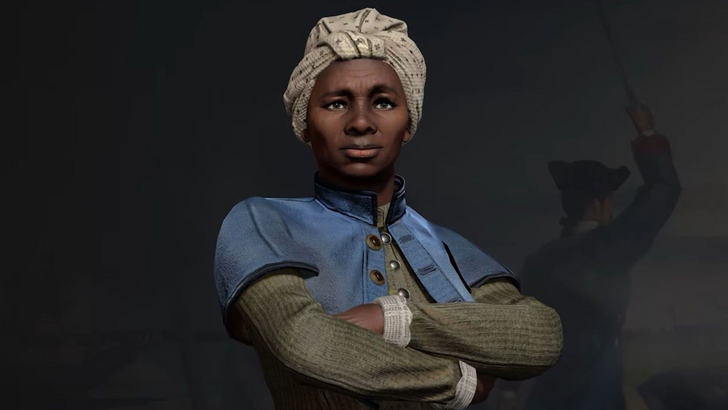
Civilization's leaders are as iconic as the civilizations themselves. Firaxis' approach to selecting national representatives has evolved significantly over the years. This article explores the evolution of Civilization VII's leader roster and how it redefines leadership.
← Return to Sid Meier's Civilization VII main article
Civ VII: A New Era of Leadership
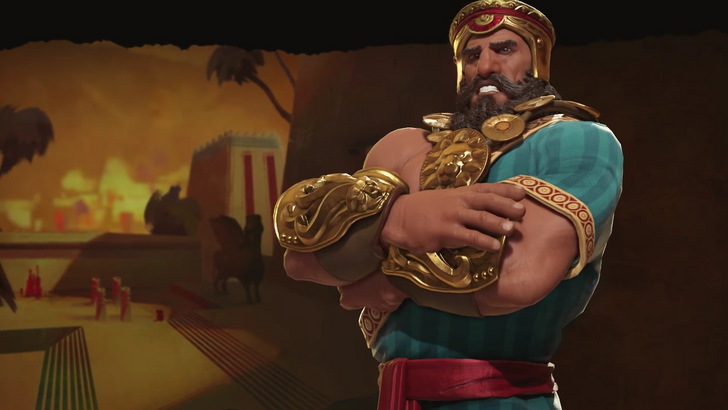
Civilization's leaders have been central to the series since its inception, shaping each civilization's identity. Their role, however, has evolved with each iteration, reflecting a broader understanding of leadership.
This exploration examines the historical progression of Civilization's leader rosters, highlighting key changes and how Civilization VII presents a unique and diverse selection.
Early Civ: A Focus on Global Powers
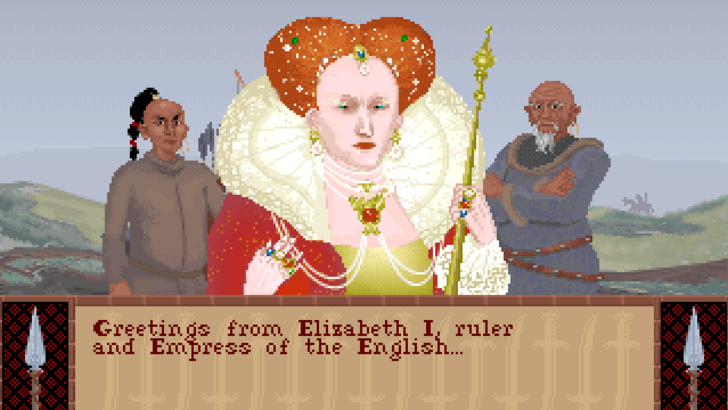
The original Civilization featured a relatively small roster, primarily composed of established global powers and historical figures. The 15 civilizations included nations like America, Rome, Greece, and China, each represented by well-known historical leaders. This approach prioritized widely recognized figures, resulting in a straightforward, almost textbook selection of leaders. Notable examples include Abraham Lincoln, Tokugawa Ieyasu, and Julius Caesar. The roster's limited diversity is a product of its time, but subsequent iterations would address this.
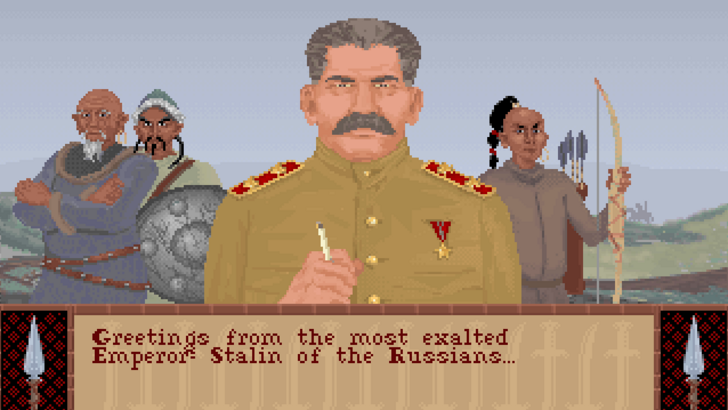
Elizabeth I stood alone as the sole female leader in the original game. While understandable given the context of its release, this lack of diversity would be significantly addressed in later installments.
Civ II-V: Expanding the Definition of Leadership
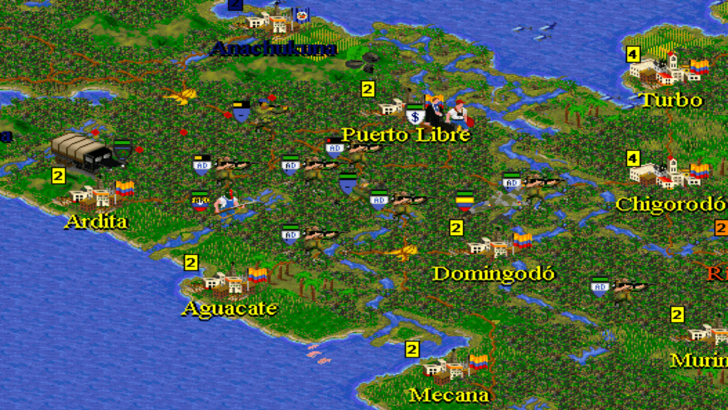
Civilization II expanded both the roster and the definition of "leader." Lesser-known powers were included, and a separate roster of female leaders was introduced. The criteria broadened to include influential figures beyond heads of state, such as Sacagawea and Amaterasu.
Civilization III integrated female leaders directly into the main roster, replacing some historically dominant male figures. Civilization IV and V further expanded the roster and the definition of leadership, incorporating revolutionaries, generals, and reformers. This shift reflected a broader perspective, encompassing a wider range of historical figures and their contributions.
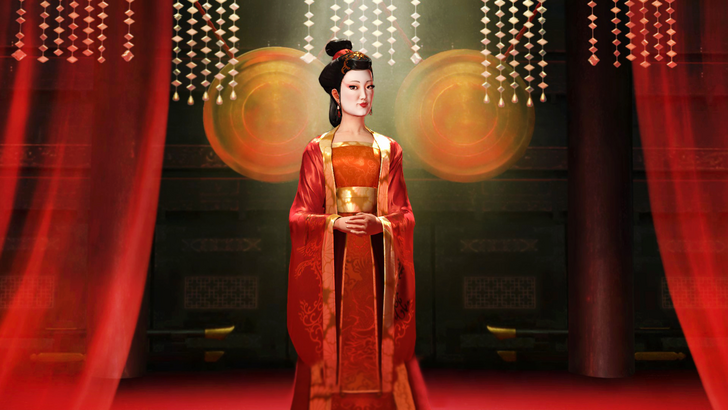
The focus shifted from solely showcasing powerful and famous figures to representing a more comprehensive narrative of humanity.
Civ VI: Enhanced Characterization and Diversity
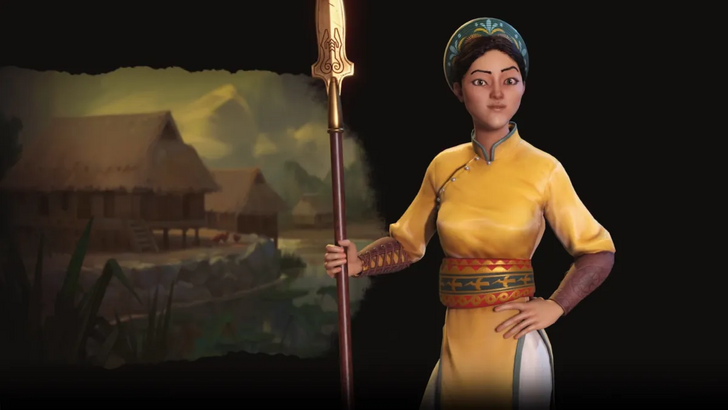
Civilization VI significantly enhanced leader characterization, introducing stylized animated portraits and leader personas. This allowed for multiple representations of the same leader, highlighting different aspects of their personalities and offering diverse gameplay styles. The roster expanded to include lesser-known figures, such as Lautaro and Bà Triệu, representing a wider range of cultures and historical experiences.

The introduction of multiple leader options for some civilizations, and the concept of leaders representing multiple nations, further broadened the scope of leadership representation.
Civ VII: A Bold New Direction
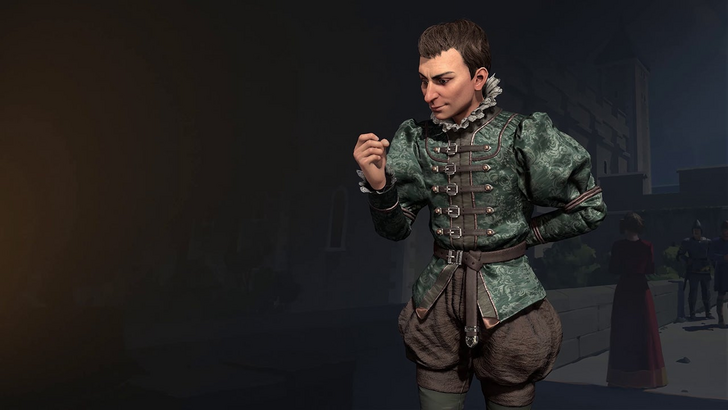
Civilization VII represents the culmination of these evolutionary changes. It features the most diverse and creative roster yet, with unconventional leaders and a mix-and-match approach to civilizations and leaders. The inclusion of figures like Harriet Tubman and Niccolò Machiavelli exemplifies this shift towards a more inclusive and nuanced representation of leadership.

The game's evolution reflects a broader understanding of history and leadership, moving beyond a focus on solely powerful figures to encompass a wider range of influential individuals and their contributions to their civilizations.
← Return to Sid Meier's Civilization VII main article
Sid Meier's Civilization VII Similar Games













 LATEST ARTICLES
LATEST ARTICLES 












